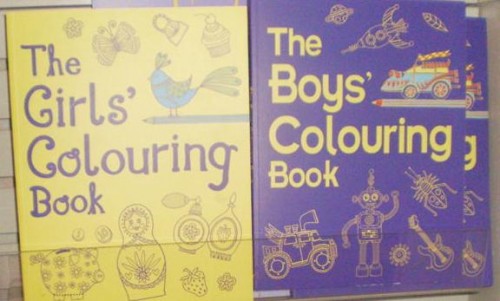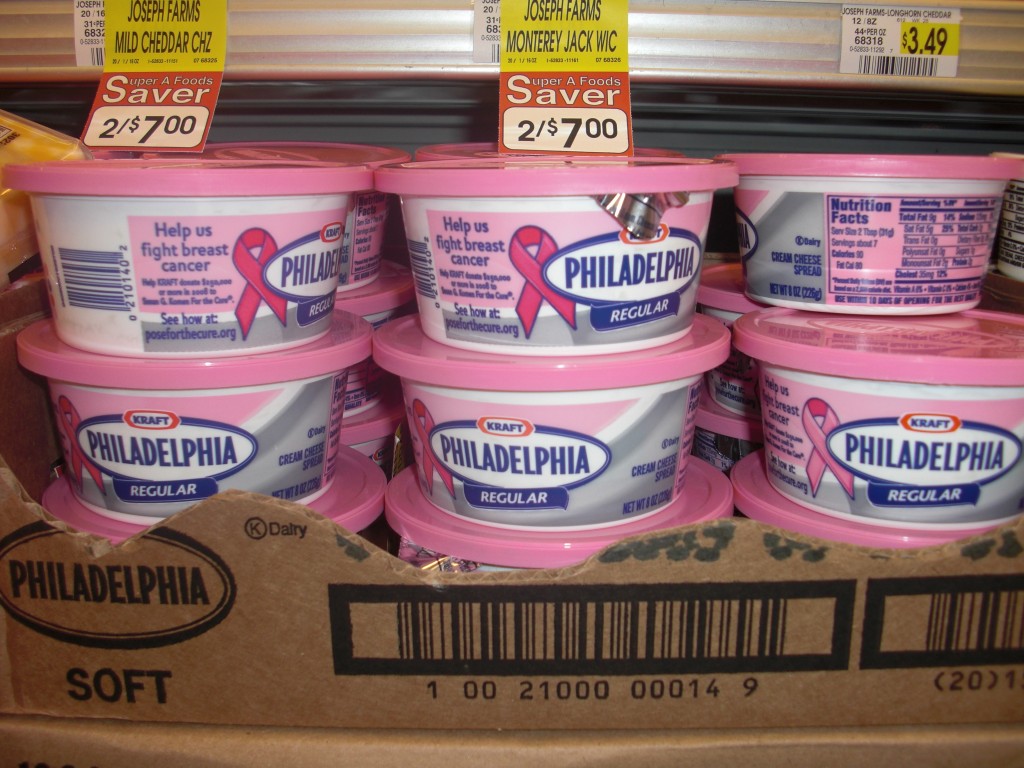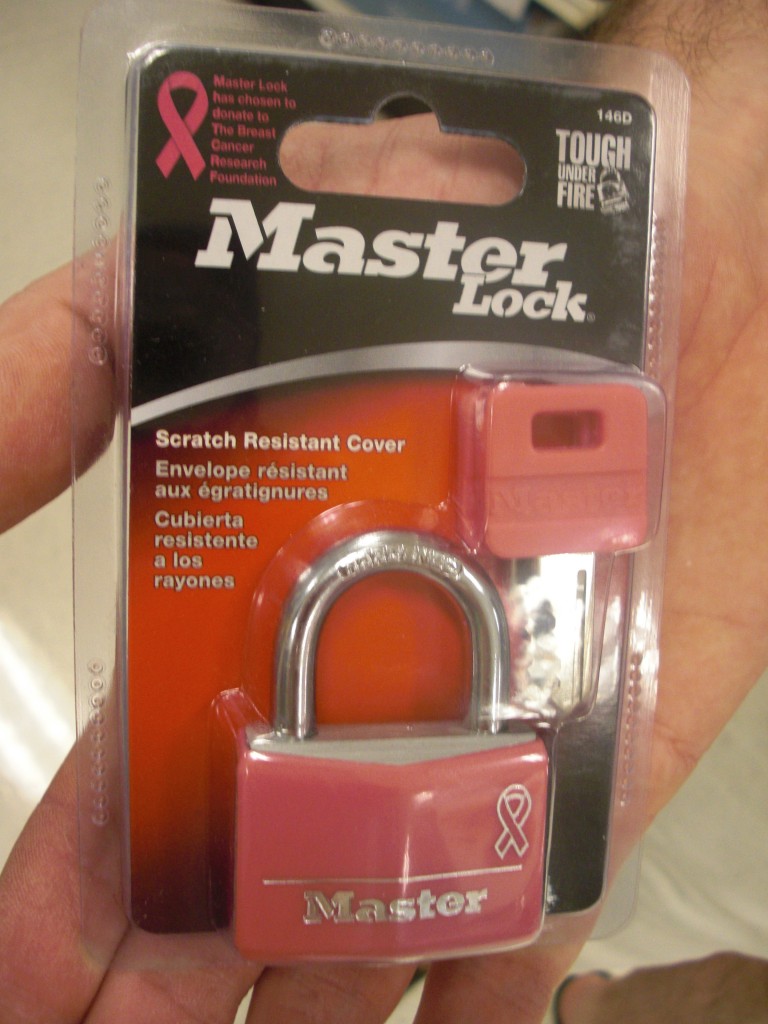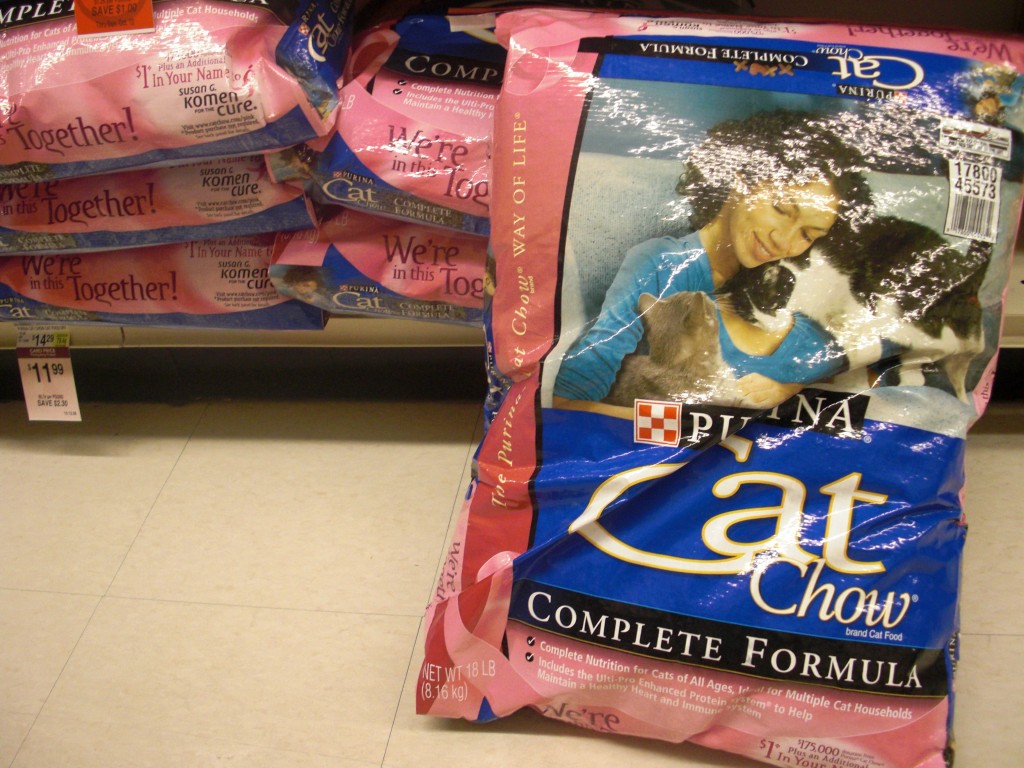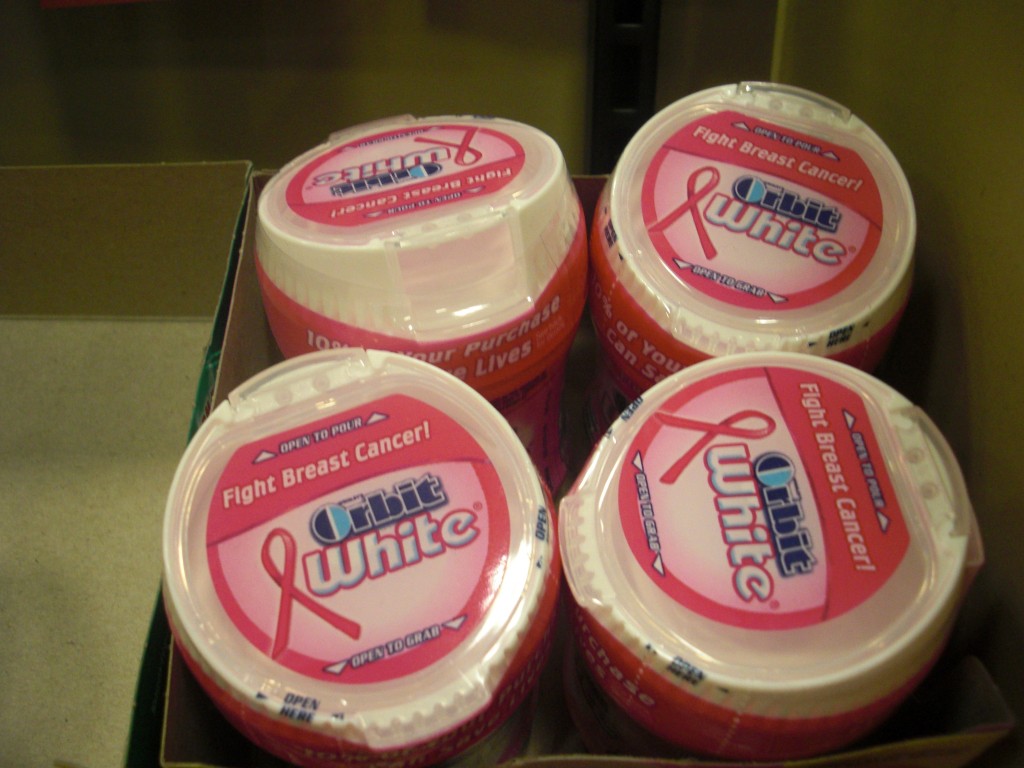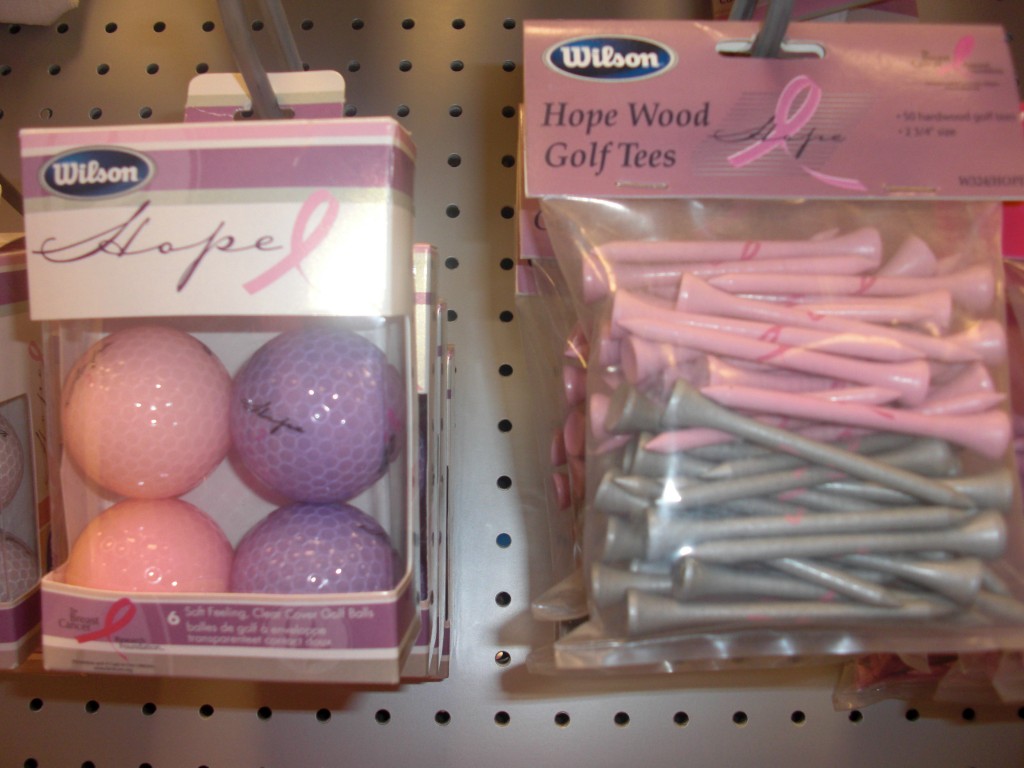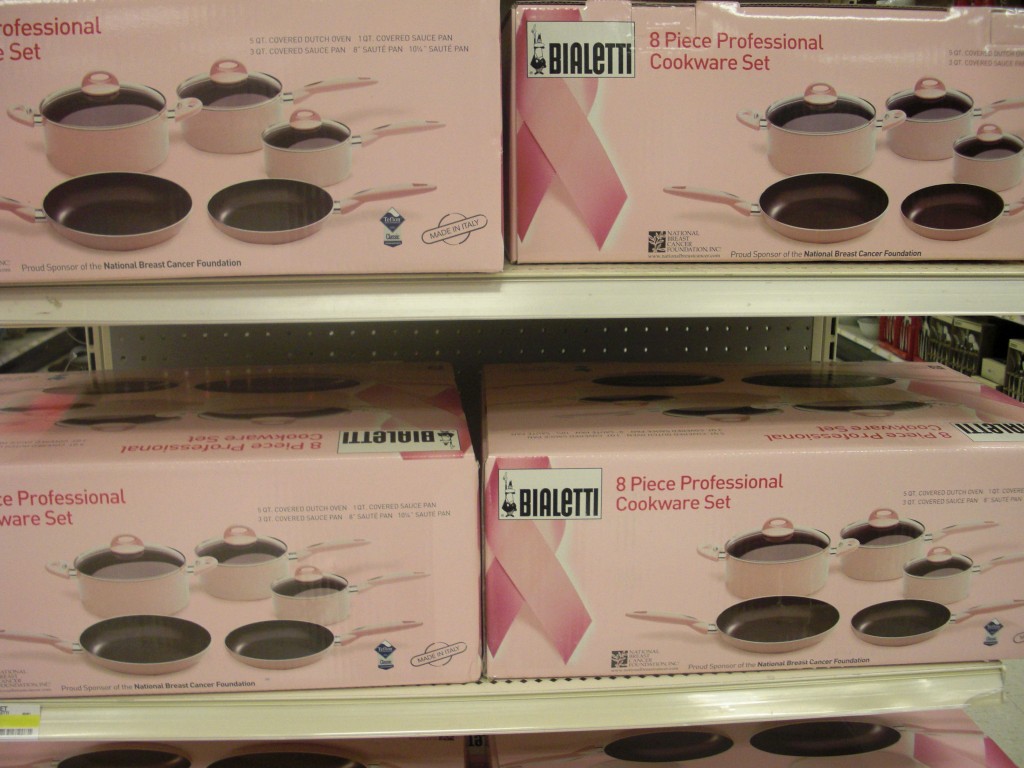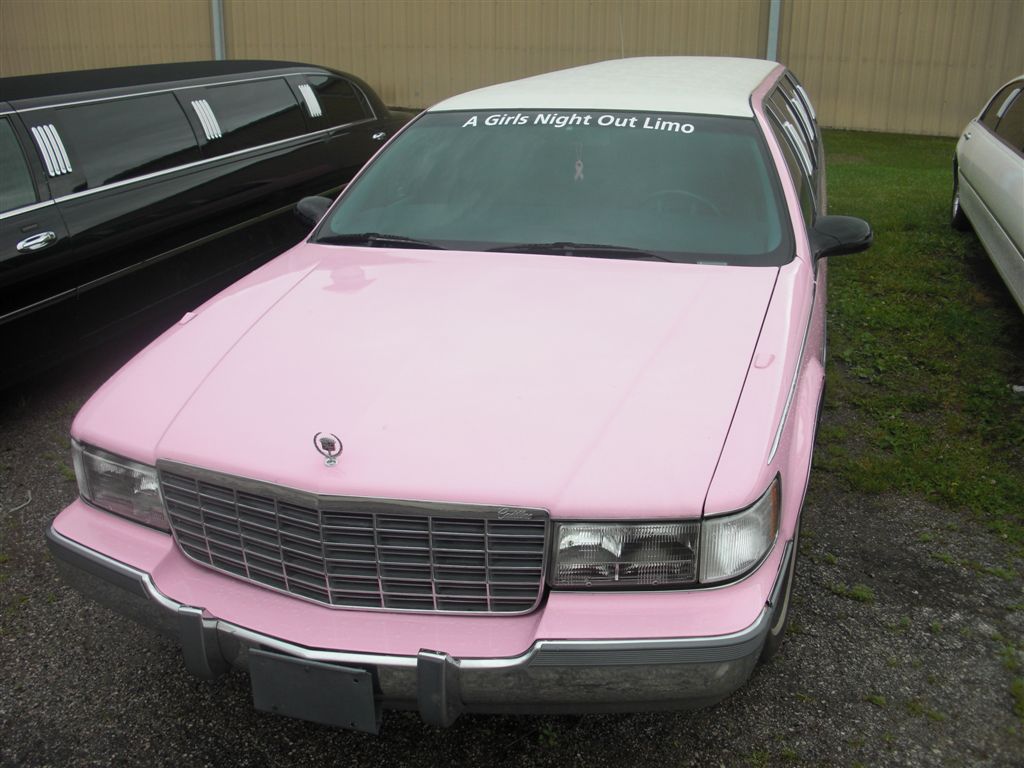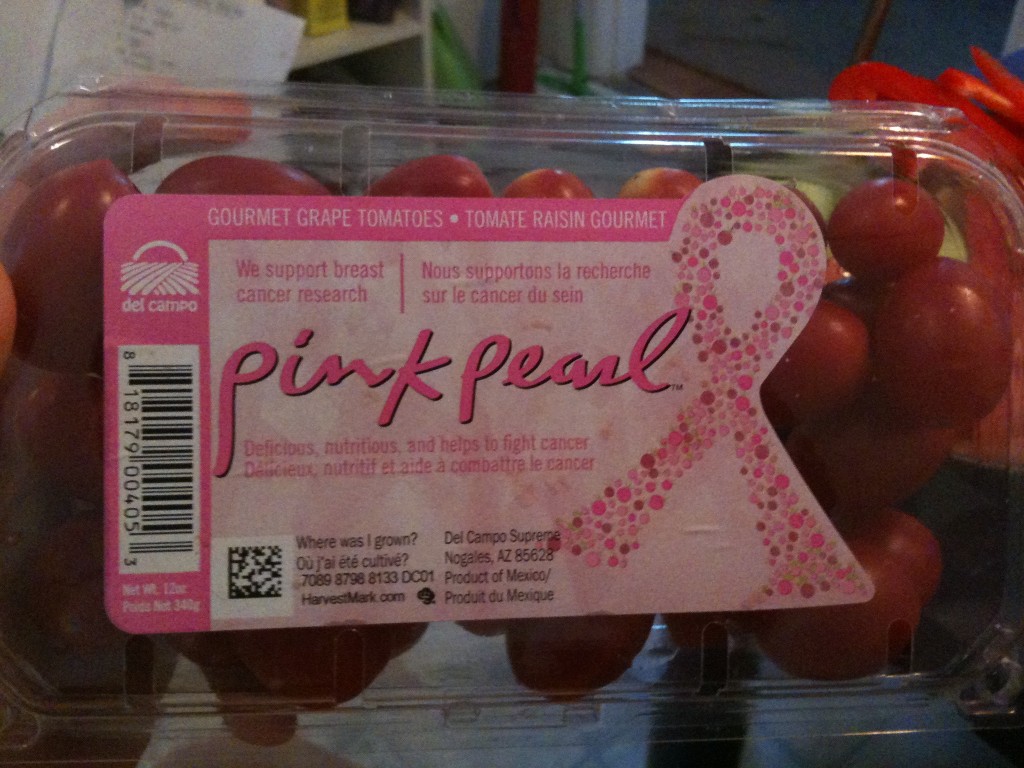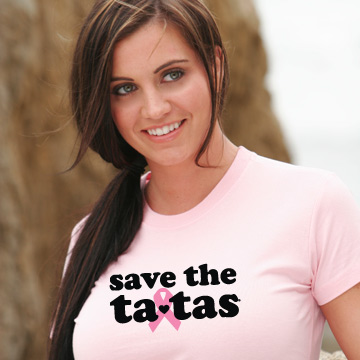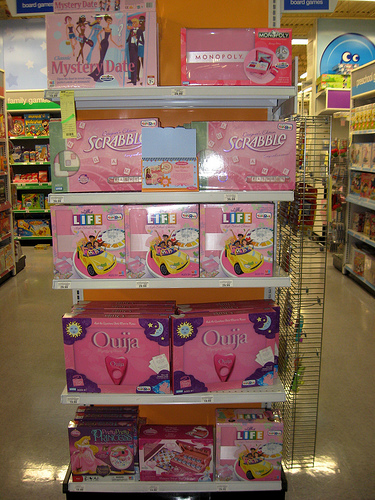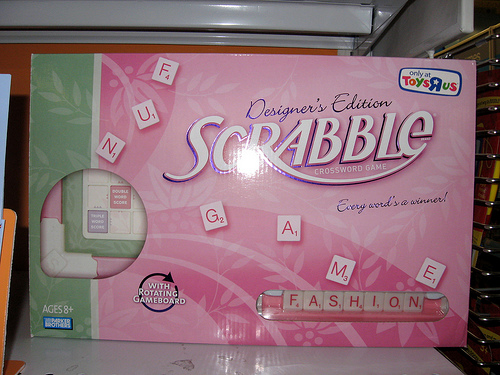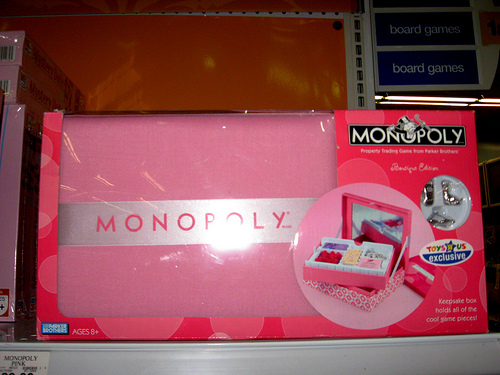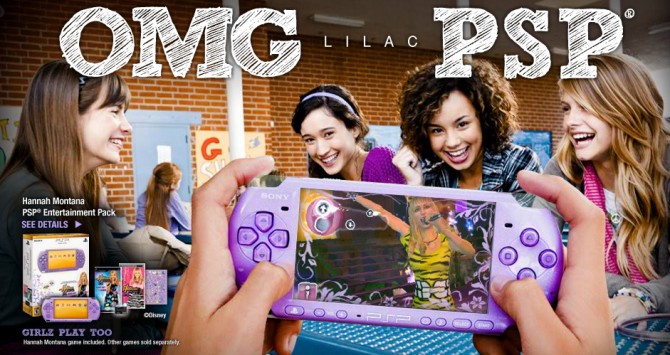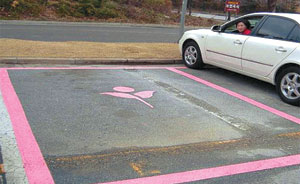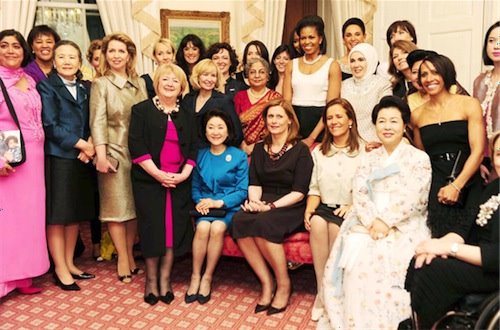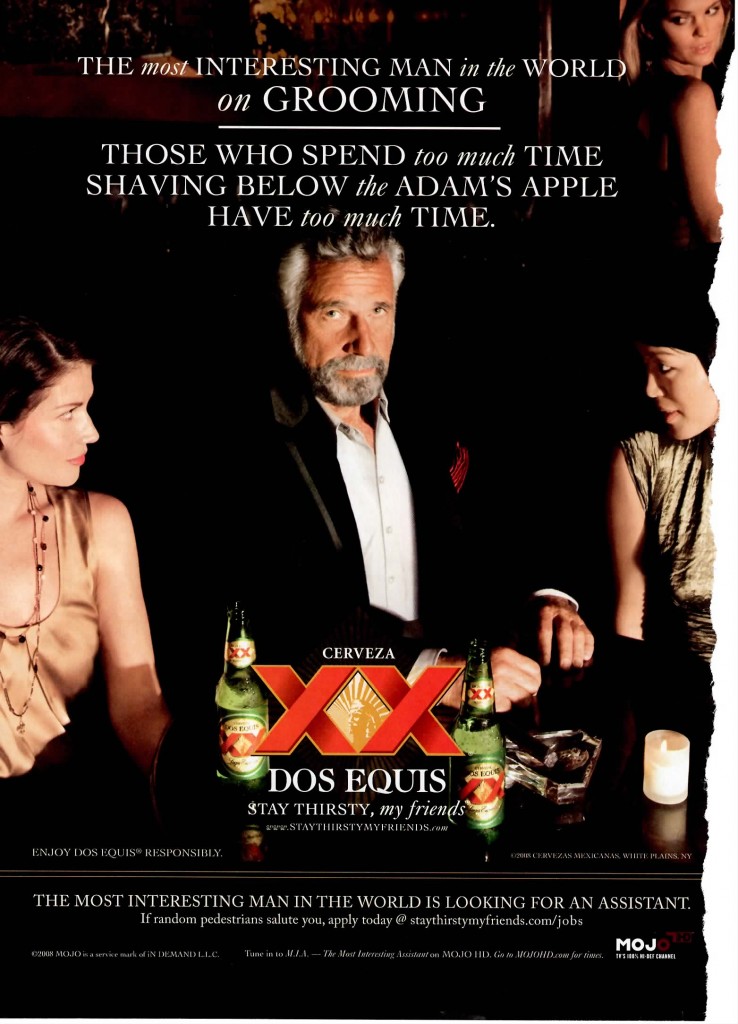Eric Stoller sent us a photo he took at Borders recently of two doodle books, one targeting boys and one targeting girls:
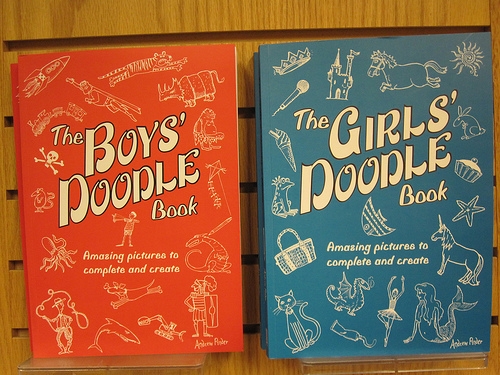
In Eric’s post about the books at his blog, he says,
The Boys’ Doodle Book features the following images on its cover: triceratops, ogre, tiger, superman, rocket, skull & crossbones, octopus, boy w/slingshot, mouse, train, kite, dragon, knight, shark, excavator, dog and a cowboy.
The Girls’ Doodle Book in comparison has a different cover color and a variety of differing images than the Boys cover including: crown, pony, castle, sun, microphone, ice cream cone, frog/prince, purse/bag, rabbit, cupcake, starfish, unicorn, fish, cat, toothpaste, dragon, ballerina and a mermaid.
I’m surprised that the Girls’ Doodle Book didn’t have a pink colored cover given the overall stereotypical and gendered nature of the doodles on the cover. Boys like fire, machines, spikes and death, while Girls like food, animals typically associated with non-violence, dancing/arts and hygiene. I’m not saying that there is anything inherently wrong with any of the doodles. What I am saying is that gender-based stereotypes are being perpetuated in overt contrast with these two books.
Thanks for sending the image along, Eric!
NEW! Laurel O. found another example, the Girls’ and Boys’ versions of How to Be the Best at Everything:


Laurel’s kids’ school sent home an order form for books. The descriptions of these two:
The boys’ book description says “Learn how to lasso like a cowboy, juggle one-handed and more” whereas the girls’ book says “Design your own clothes, host the best sleepover, and lots more.”
NEW! (July ’10): Gaby K sent in an example of British coloring books aimed at boys and girls. We see a lot of the typical gendered stuff: girls like cupcakes and perfume and butterflies, while boys like trucks and bugs and rockets. Gaby also points out that the girls’ version has a passive Russian nested doll while the boys’ has a robot with apparently movable joints:

